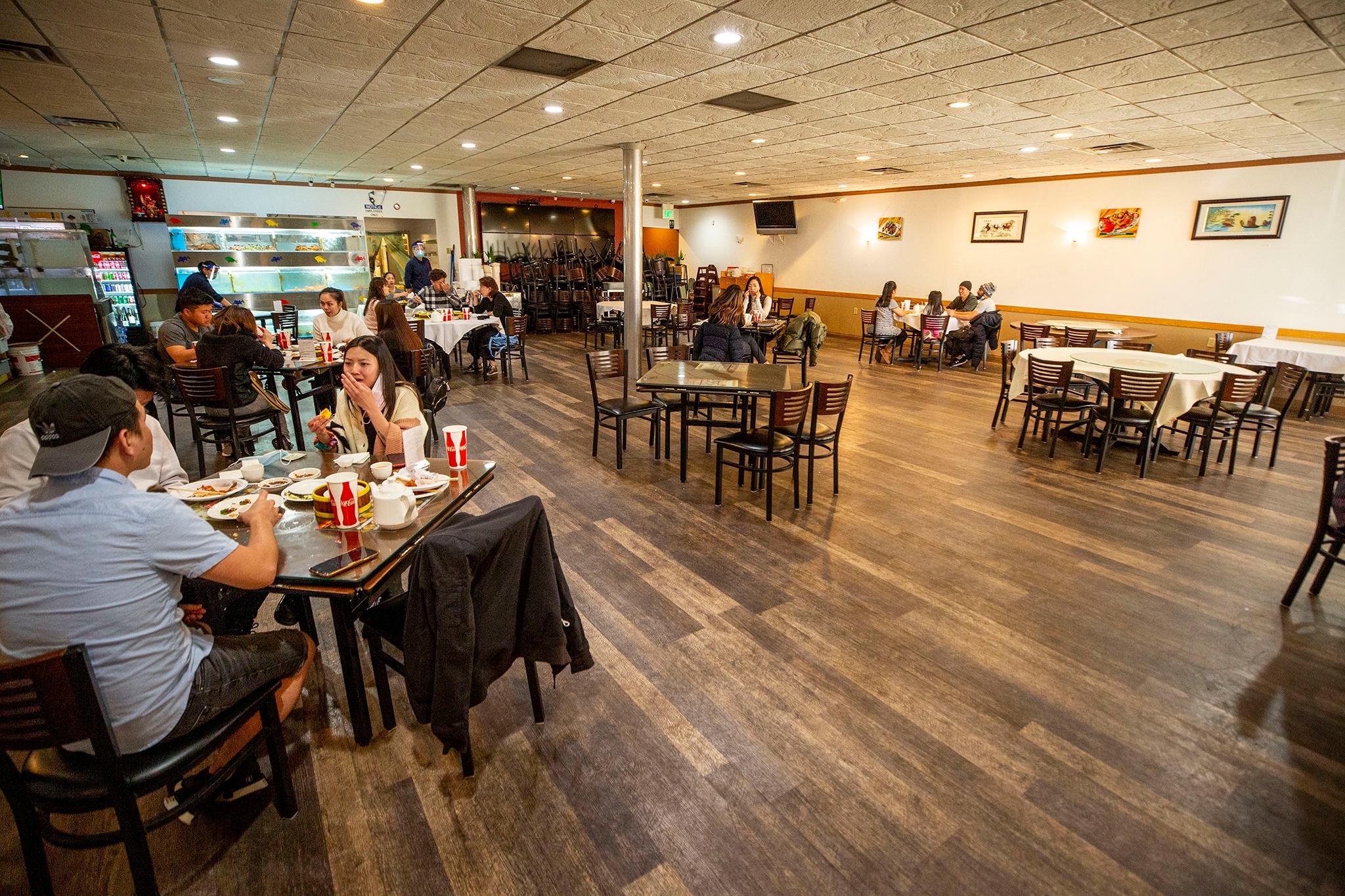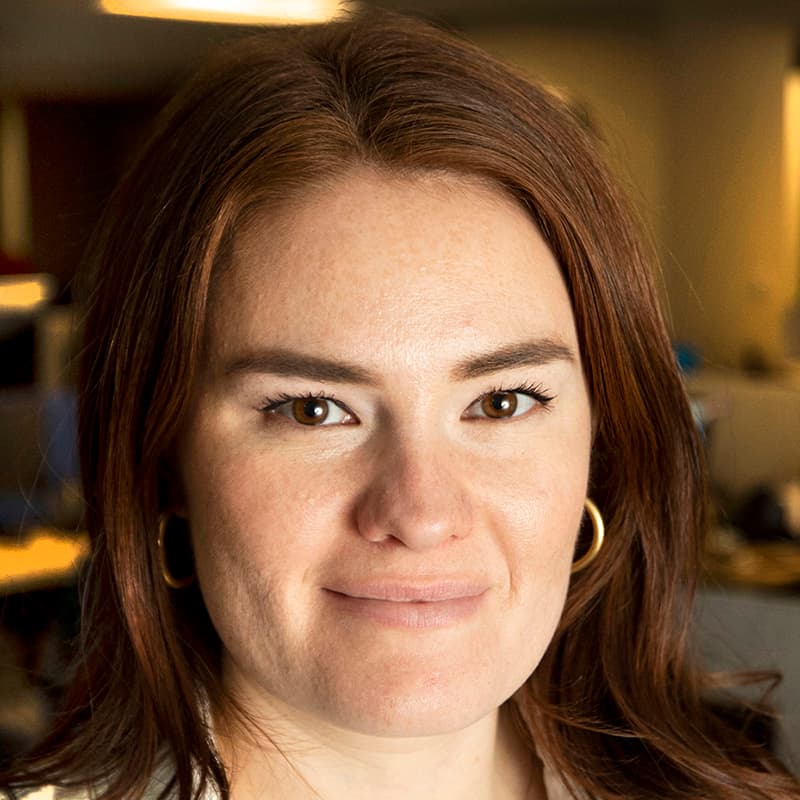It's not looking good, folks.
COVID-19 cases in Denver have been increasing since early September. The state, city and Denver Public Schools have been enacting new public health orders and changing the way things work to try to curb the spread.
According to the metrics the state follows, Denver is dangerously close to reverting to stay-at-home territory, which limits public outings to grocery shopping, walks and doctors visits, among other "essential" needs. Here are the latest restrictions Denver is following.
There's a lot to follow and a lot of confusion. So consider this a guide with answers to questions you have -- and questions you didn't know you had.
Didn't get the answer you were looking for? Email us at [email protected].
Let's start off with the numbers the state and Denver have deemed important to follow.
? Two-week cumulative incidence per 100,000 residents
In other words, how many COVID-19 cases there are per 100,000 residents in Denver every two weeks. The state uses that timeframe to balance days when cases are very high and days when they're very low.
Here's the latest on Denver's two-week cumulative. According to the state, anything more than 350 cases pushes a county more into total lockdown territory.
This graph will update daily.
? Two-week average positivity rate
This metric is defined by the percent of tests that come back positive out of all the tests that have been conducted over 14 days.
Here's the latest on Denver's positivity rate. If it creeps above 15 percent, we're in stay-at-home territory for this metric.
This graph will update daily.
?⚕️Days of stable or declining hospital admissions
Counties that are doing well in this metric see at least eight days of declining or stable hospital admissions of patients with COVID-19. Denver has toggled between good and bad standing for this metric since cases skyrocketed in November. The state currently does not give us a good way to present that data here. You can check out their "dial dashboard" and click the hospitalizations button at the top to see where the city currently stands on this metric, as well positivity rate and the two-week cumulative.
What about all that other stuff you hear about, like testing and hospital capacity?
?Testing availability
Denver was serving up COVID-19 tests from the Ball Center (Pepsi Center) until transitioning to smaller community sites at the end of September and mobile testing sites that come to you if you're homebound (the link has information on where you can get tested).
According to Denver Department of Public Health and Environment spokesperson Tammy Vigil, "Denver is able to provide a test to whoever wants one. We have had a lot of demand, and have only turned people away due to increased wait times."
Vigil said Denver is administering 1,050 tests per day, not including testing by hospitals and healthcare partners.
"When including all testing in Denver, we're closer to 3,000 tests a day, well above what the CDC recommends for a city our size," she said.
Vigil couldn't say for sure how much the need for testing has increased: "It's hard to compare due to going from one site (Pepsi) to three sites closer to individual communities."
She encouraged people who have insurance to get tested through their healthcare provider. "Our testing sites are designed to bring testing to communities with high positivity rates and to support people who don't have insurance or are underinsured," she said. "Those who can see their doctor or an urgent care facility for a test are encouraged to do so."
? Hospitals
UCHealth spokesperson Dan Weaver said the system has 12 hospitals in the state and four in the metro area, including Highlands Ranch Hospital, University of Colorado Hospital, Broomfield Hospital, and Longs Peak Hospital in Longmont. Right now, their facilities are caring for about 280 patients with confirmed or suspected COVID-19 infections -- a record high for them, Weaver said over email. The system is caring for about 135 patients in the Denver region.
Weaver said University of Colorado Hospital started postponing a small number of non-emergency, prescheduled surgeries and procedures last week, while other hospitals started doing that this week. He added the postponements vary by day, with decisions made based on a projection of bed needs for the next day. The hospital system has a surge plan in place to increase capacity and add ICU beds if needed.
"It is important that people throughout the state take this surge of COVID-19 patients seriously," Weaver said over email. "This is the best way to support our nurses and doctors who are taking care of patients with COVID-19 each and every day."
HealthONE, which operates seven facilities in the metro area, currently has 210 COVID-19 positive patients in its hospitals, according to spokesperson Stephanie Sullivan. Those numbers are close to the peak the system saw in April, when the hospital system was treating 226 COVID-19 positive patients.
However, its ICUs are currently treating 61 COVID-19-positive patients, which is not as high as the 109 patients the ICUs were treating during the April peak. Sullivan said HealthONE's ICU capacity remains stable. The hospital is still doing elective surgeries but evaluating them on a case-by-case basis.
Denver Health, St. Joseph Hospital and National Jewish Health had not responded to requests for comment by the time this story published.
Now, onto some rules.
? Business capacity and more restrictions
Under Denver's current rules, which last until at least Dec. 18:
- No indoor dining at restaurants, however outdoor patios, takeout and delivery will be allowed
- Offices may only operate at 10 percent capacity or less.
- Gyms, fitness centers and yoga studios are limited to 10 percent capacity.
- Retail is limited to 50 percent capacity.
- Last call will be moved from 10 p.m. to 8 p.m. (That rule applies to outdoor patios.) Alcohol consumption has to be completed by 10 p.m.
? Masks
You must wear a mask inside any business. In mid-October, the city started enforcing a stricter mask rule that requires anyone gathering outdoors with people who are not in their pod to wear masks.
⏰ About that "curfew"
On Nov. 8, the city enacted a rule requiring residents to be home between the hours of 10 p.m. and 5 a.m. The city refuses to call it a curfew, suggesting it's instead "a restriction on gatherings, business hours and a guidepost for behavior." This curfew-but-not-really ends on Dec. 7 and won't apply on Thanksgiving Day. Some exceptions include going to and from work, interstate travel and getting medical care.
?Schools
Beginning Nov. 30, Denver Public Schools -- the state's largest district -- is requiring remote learning for all grades (K-12) and programs through winter break.
Denver Public Schools said it is seeing more than 300 coronavirus cases per week during in-person learning, compared to 13 cases per week in September.
Superintendent Susana Cordova, who recently announced that she was leaving the district, said attendance for both in-person and remote learning was 88 percent district-wide.













